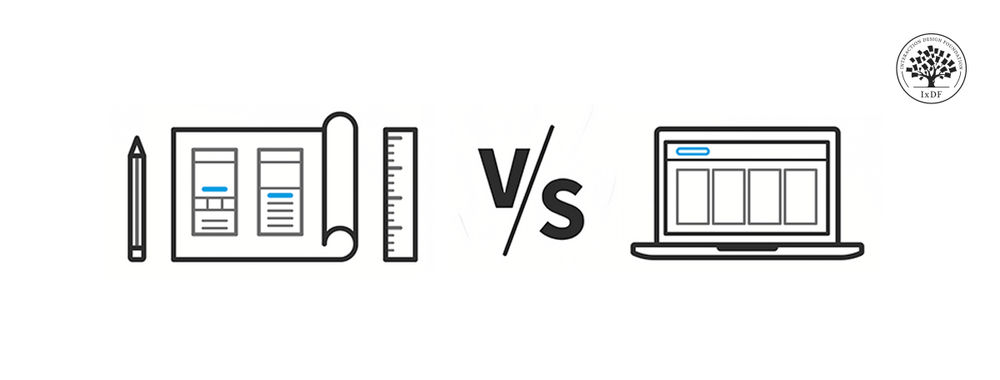Hello and welcome back to our series on improving the UX of learning experiences. If you’ve missed any of the series so far; it’s all available under the UX Daily Tab on our main website.
Be Cautious with Gamification
Gamification is the big growth sector in design at the moment. Used well, it can enhance a learning experience (and indeed many other corporate experiences) but it’s worth noting that deploying gamification for gamification’s sake is a bad idea. The objective when designing a learning experience is to get people involved with learning.

Author/Copyright holder: Edudemic. Copyright terms and licence: All rights reserved Img source
Leaderboards, badges, points, etc. sound like they’d do just that and it’s possible that for some people they do but in many cases they are a distraction from the learning. Gamification exercises can quickly lead to people focusing on the game rather than internalizing learning itself. They start to study to the test rather than to use the learning in their work environment, for example.

Author/Copyright holder: Wired. Copyright terms and licence: All rights reserved Img source
Sure, you can use a quiz show based format for testing knowledge but don’t focus too much on quiz shows with unusual formats – think University Challenge rather than Family Feud. In the former – people answer questions which test their knowledge in the latter they offer popular guesses instead. If you want to test knowledge retention then you need to test it and not offer up a format for people to guess their way ahead of their peers.
Remember Your Audience
Our final tip in this series is the one that the UX professional should need no reminder of but it doesn’t hurt to restate it. You need to consider your audience through every step of designing a learning experience.

Author/Copyright holder: Unknown. Copyright terms and licence: Unknown.
The needs of someone who will be “doing the doing” are likely to be very different from their manager’s needs and in turn this will be different from the board’s or C-Suite’s needs. One thing to be particularly conscious of is when the audience is already “expert level” in a field and you’re trying to supplement their knowledge.
In this instance, it’s very important to look at where to begin. Going back to first principles is going to be incredibly annoying to this audience whereas it’s the perfect approach for people without the level of expertise in that field. You may find that you need to develop different learning experiences for different audiences; they may be based around the same core concepts but the method of delivery is going to vary.
Conclusion
There’s a lot to consider in developing the user experience for learning experiences. There’s a long way for learning online to go from today’s starting spaces. However, the fundamental principle is to always enable learning first and features, functionality, fun, etc. second. When something interesting supports the learning experience it makes the experience better but all too often it distracts from the learning and while that may make for a more enjoyable time of things – it’s not what you develop learning experiences for.
Header Image: Author/Copyright holder: Fan Minds. Copyright terms and licence: All rights reserved. Img











